The Internet of Things wants to link all facets of our world
In a connected world, everything from basketballs to cars to refrigerators is coming online
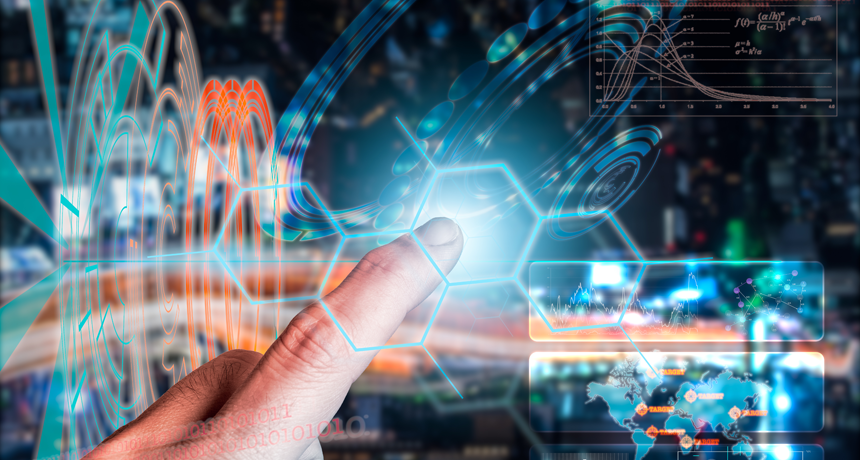
The touch screen on a phone, computer or other device (even a voice command) may be all it takes to control appliances, medical devices, a thermostat or more. A wide variety of such products and processes are already part of the growing Internet of Things.
stefanocar75 / iStockphoto
A 94Fifty looks like an ordinary basketball. You can inflate, dribble, pass, shoot, swoosh and slam-dunk it. But there’s more going on than meets the fingers.
During play, the ball records how hard and fast a person dribbles and throws. It also measures the arc of a shot. It sends the data to a user’s smartphone. This phone then uses an app to analyze a player’s game. Then the app offers tips for better ball handling or for improving three-point shots.
Will this ball help a driveway hotshot become the next LeBron James? It’s too soon to tell. But many experts think it may well be part of a revolution in technology.
The 94Fifty is a “smart” basketball. It gets its name from the dimensions of an NBA court: 94 feet by 50 feet (28.7 by 15 meters). The ball “observes” the world around it. It then can use these data to calculate things and provide useful information to help a player get better. It’s part of the Internet of Things.
The Internet of Things is the idea that ordinary objects can be turned into “smart” objects that measure and interact with their environments. A smart refrigerator keeps track of what’s inside. A smart lightbulb turns itself off when not in use. A smart toilet flushes itself and texts a user if it springs a leak or is about to overflow. These devices might communicate with users through their smartphones or home computer networks.
Story continues below image.
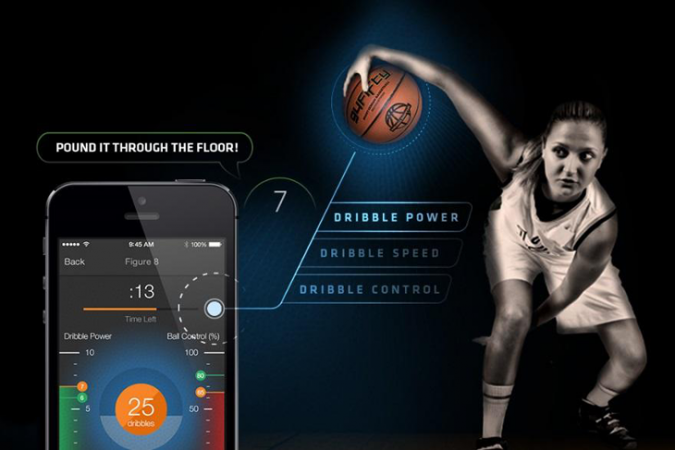
Like every new advance in technology, the Internet of Things brings both excitement and challenges. Its promises include better healthcare, energy savings and a more connected world. One of its big challenges is to keep users’ data safe from hackers. (The second part of this two-part series addresses security risks posed by the Internet of Things.)
Object by object, for better or worse, the world is becoming ever more connected.
The third wave
The Internet of Things didn’t appear overnight. “It’s been a long process,” notes Jason Hong. He’s a computer scientist at Carnegie Mellon University in Pittsburgh, Pa. Computer scientists have been laying the groundwork for a connected world for decades.
The first object on the internet was a Coke machine at Carnegie Mellon in the early 1980s. The machine could measure and send information about the coldest sodas inside. Since then, as technology has improved and spread, more objects have gone online. “Things have been slowly getting smart and connected,” says Hong.
Now cars, toys, billboards, stuffed animals, appliances and lights are online. So are cows. Farmers can attach devices to their animals to track the health of herds. If a cow develops a fever or is about to give birth, the device immediately alerts the farmer.
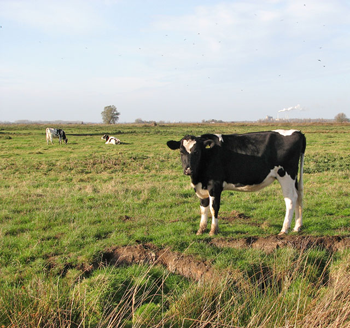
One of the first people to predict a connected world was a computer scientist at the Massachusetts Institute of Technology in Cambridge. In a Scientific American article 25 years ago, this Mark Weiser described a future that looks a lot like our present.
“The most profound technologies are those that disappear,” he wrote. “They weave themselves into the fabric of everyday life until they are indistinguishable from it.” In other words, powerful technologies become such a basic part of our lives that we stop noticing them. He points to writing as an example from history of a technology that has become so widespread we barely notice it. Writing fills candy wrappers, billboards and websites. Computing is already on its way there — we use tablet screens and smart phones without paying attention to the computers within.
Weiser didn’t describe his vision as the “Internet of Things.” He used the phrase “ubiquitous computing.” (The word ubiquitous refers to something that is found everywhere.) But the two terms essentially mean the same thing. He imagined a world where anything could be turned into a computer. (Sadly, Weiser didn’t live to see today’s explosion of connected objects. He died of cancer in 1999.)
Hong, at Carnegie Mellon, thinks the Internet of Things is a “third wave” of computing. He described this idea in the April-June 2016 issue of IEEE Pervasive Computing. This scientific journal focuses on research about the Internet of Things.
Each wave, he says, joined people and computers in a new way. The first wave brought basic computing. Companies began using computers in the 1950s, and personal computers appeared in homes in the 1980s and 1990s. During those years, scientists figured out how to make computers do work and store data.
The second wave, beginning around the turn of the 21st century, was all about connections. People started to widely use the internet and smartphones. Using these two technologies, people now can be online almost anywhere.
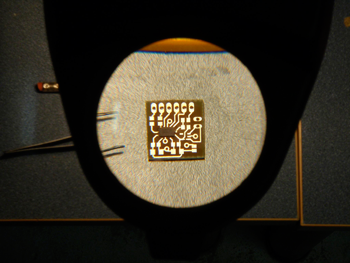
The third wave is the Internet of Things. It promises yet another major shift. Computers are becoming parts of everyday objects. Many technological advances have made it possible to build smart devices, says Hong. For example, wireless technology lets us send data through networks without cables. Computers have become cheaper, smaller and more powerful.
“The smartphone in your pocket is more powerful than a supercomputer you could get 20 years ago,” Hong says. The technology to put ordinary objects online has been around for a long time, he adds. But in the past it was too expensive. “Now the cost is quite low.”
In 2008, society reached an important milestone. The number of devices connected to the internet grew to outnumber the human population. At the time, there were about 6.7 billion people on Earth. According to predictions by Gartner, a technology company, more than 20 billion devices will be online by 2020. Most will be part of the Internet of Things.
Magic in the machine
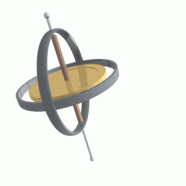
Maria Ebling wants people to know what makes smart objects so smart. She’s a computer scientist at the IBM Thomas J. Watson Research Center in Yorktown Heights, N.Y. There, she develops software for smart devices.
“Some people like to use these tools and just be amazed by the magic,” she says. “But I think it’s a lot more fun to find out how things work.”
Take the 94Fifty. The basketball uses nine sensors. Those include accelerometers and gyroscopes. Accelerometers measure how fast an object speeds up or slows down. (In cars, they are important for safety. They can detect collisions and inflate airbags or lock seat belts.) In a basketball, the information from these sensors helps the software calculate how quickly the ball moved, and where. A gyroscope is a device that looks like a freely spinning wheel in a small frame. It helps measure how an object rotates.
Every smart object is different. “Some have microphones, some have cameras, some have GPS sensors,” says Ebling. (GPS, or the Global Positioning System, is the technology behind navigation apps, for example. It uses satellites to pinpoint an object’s location.)
A smart medical device might use sensors to measure a patient’s blood pressure, pulse or blood oxygen levels. A doll called Hello Barbie uses cameras and microphones to recognize a child and talk to her. The smart refrigerator makes images of its contents with a camera.
Story continues below image.
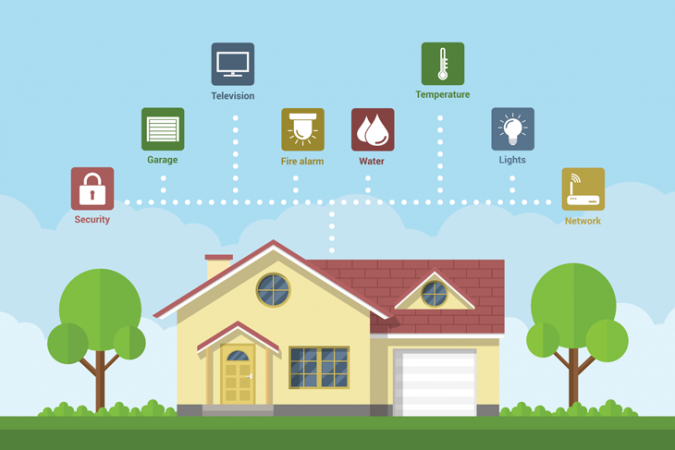
There are even entire smart homes. A smart house uses many sensors to conserve energy. One may measure temperature, another measure the lighting, and another track whether anyone is home. A smart house can observe the people who live there and change itself to be safer, more energy efficient and more comfortable.
Every object in the Internet of Things needs a way to share the data it gathers. Some send data using radio waves, a type of low-power radiation. This technology is called radio frequency identification, or RFID. An RFID chip on an object can store information that another device will read. (Pet owners get RFID chips implanted in their pets as a form of identification, for example.)
Many smart objects, like the 94Fifty basketball, don’t use RFID. Instead, they connect to a smartphone or other device using wireless communication. This is similar to how a computer connects to a wireless network.
These sensors and communication devices are cheap and easy to buy. That means almost anyone with inspiration and a little know-how in computer programming can create a “smart” device.
“I can buy a crate of parts that fit together incredibly cheap and write a little bit of software, and suddenly I have an Internet of Things product,” says Jonathan Margulies. He’s a security expert in Washington, D.C., who coauthored a book for students and experts called Security in Computing. To create “smart” products, “You don’t need a computer science degree,” he says, “just a clever idea.”
The glow ahead
Connected objects raise many important challenges for computer scientists. Perhaps the most important one is security. Everything connected to the internet gives hackers a chance to steal data or sabotage the device. Yet many companies don’t pay enough attention to security, says Sye Loong Keoh. He’s a computer scientist at the University of Glasgow’s campus in Singapore.
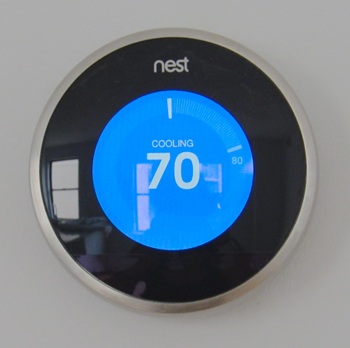
These companies “just want to roll out a product,” says Keoh. “They won’t care about security until their devices are hacked.”
For example, the Hello Barbie doll isn’t like other dolls. It interacts with its owner. This toy recognizes a person’s voice and responds as if continuing a conversation. And this makes some people uneasy. Why? Hello Barbie works by connecting to a home’s wireless network. And when children talk to Barbie, the doll sends their messages via Wi-Fi and the internet to a faraway computer. That means any information that kids or parents tell the doll is heard or analyzed by computer software. Users of products like Hello Barbie usually don’t think about how a company will use that information.
Another challenge is how to use this technology to benefit people. Connected objects may be flashy and impressive, but that does not mean they’re achieving something useful. One area where they have potential to help people is in healthcare.
Doctors have to consider many pieces of information when they make decisions about patients. Sometimes all that information can be overwhelming. Imagine that in the future a doctor is caring for some patient with unusual symptoms. Sensors in a smart exam room might measure those symptoms and send them to a computer program. Then the computer scans up-to-date research on those symptoms. The computer can then quickly narrow down possible diagnoses, Ebling says, and share them with the doctor.
Ultimately, the doctor still needs to make a decision to help the patient. And that demonstrates one of the biggest questions about the Internet of Things, notes Ebling. “How do we get humans and computers to work together in partnerships,” she asks, “so humans do what humans do best, and computers do what computers do best?”
Scientists will be trying to answer that question for years, whether the technology is helping solve medical puzzles or just improving our three-point shots.
This is the first of a two-part series.







